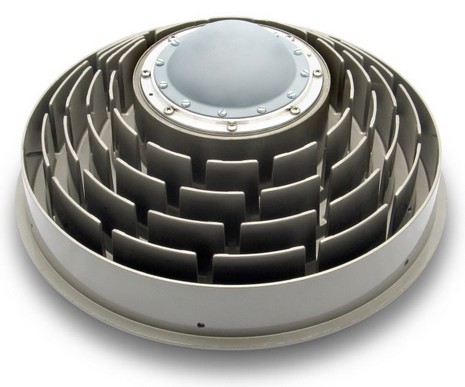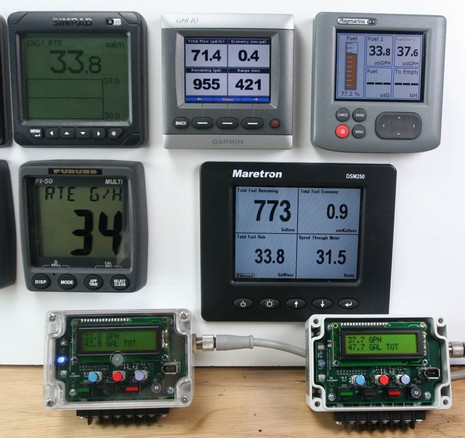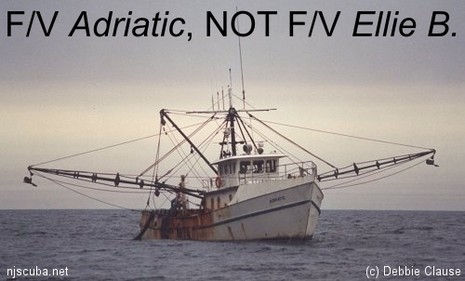GPS antenna splitting? Yes, but…

I was asked about the availability of GPS antenna splitters “to avoid clutter,” and the kindly questioner even threw in a Panbo support donation (thanks, David!). But so far I haven’t found anything that seems practical. While there are many models of GPS Networking brand splitters available, they cost a lot more than the small marine mushroom/disc antennas they would typically replace. As suggested by the label above, though, determining splitter specifications is a lesson in how much you need to know about a specific GPS antenna in order to replace it or split its feed…
For instance, apparently more GPS antennae are “active” than I realized. Active simply means that they contain a tiny amp to make up for signal loss in the cable. The amps can require one of many possible DC voltages, and when you split one antenna between multiple GPS engines you need to block all but one DC feed and fool the blocked units into sensing that that their feed is flowing.
Note that “active” GPS antennas are not “smart” GPS antennas (a confusion that I may have been guilty of on occasion). A smart marine GPS antenna contains a whole GPS engine inside, generally uses 12v DC, and outputs position data in NMEA 0183/2000, SeaTalk, Garmin or some similar format. The N2K GPS sensors I tested last summer are all smart, or self contained, or however you want to say it. We also saw how the Garmin 17x could take care of antenna clutter. Incidentally, boaters worried about antenna clutter should realize that a GPS disc mounted flat on a cabin top or even on deck will usually perform nearly as well as a mushroom up on a mast somewhere.
It’s also possible to build your own GPS antenna splitter, though at least one attempt resulted in some fried gear. Alternatively—and if you can figure out what connector and line voltage your GPS uses—there are many compact active GPS antennas available (here too and no doubt many other sites). I also came across the Novatel GNSS-750, the 15” wide “3D Wideband Choke-Ring Antenna” below, which might be right for the “boater who has everything” on your Christmas list.














Flush mounts … I did this. Be careful where you place it so that people don’t sit on it and block the signal, setting off anoying alarms on my chartplotter.
To me … the best GPS antenna is one you can mount inside your cabin without any penetrations in the deck.
On mast vs deck mounts. I have found, for GPS and Sat Radio, mounting the antenna atop the mast (for a sailing boat) can actually be worse than mounting on deck or stern pulpit. Reason is signal loss over such a long cable seens to reduce performance and offset any gains made from “full view of the sky”. And, that is using the officially mfr sanctioned cables.
Better if it can be installed midway up on a spreader or something.
Also, I have a Garmin GPS-17 (HV version) hockey puck sensor mounted atop our 35 foot mast. Works great, but, GPS-17 is so sensitive that, in lumpy conditions, the boat on the nav software bounces around more due the extreme motion at the top of the mast.
I’ve got the above GPS splitter. Actually I have several of them.
while they aren’t cheap, they are the best ones out there and work great. they are worth the money.
Not sure why you would want to put all you eggs in one basket,you lose the one antenna and everything is down.
I prefer redundancy,same reason I go for separate ais and vhf antennas,if the splitter screws up,you lose both functions.
The Garmin 17xhvs is so sensitive it comes with an underdeck mounting so you can keep it inside.(ahmm not in a steel boat of course.)
Re mast mounting….most manufacture documentation say do not put it on top of the mast,for exactly the reasons you found out.
Re cable length…does matter with strictly an antenna,but most are receivers now,sending serial data,length of cable doesn’t matter.